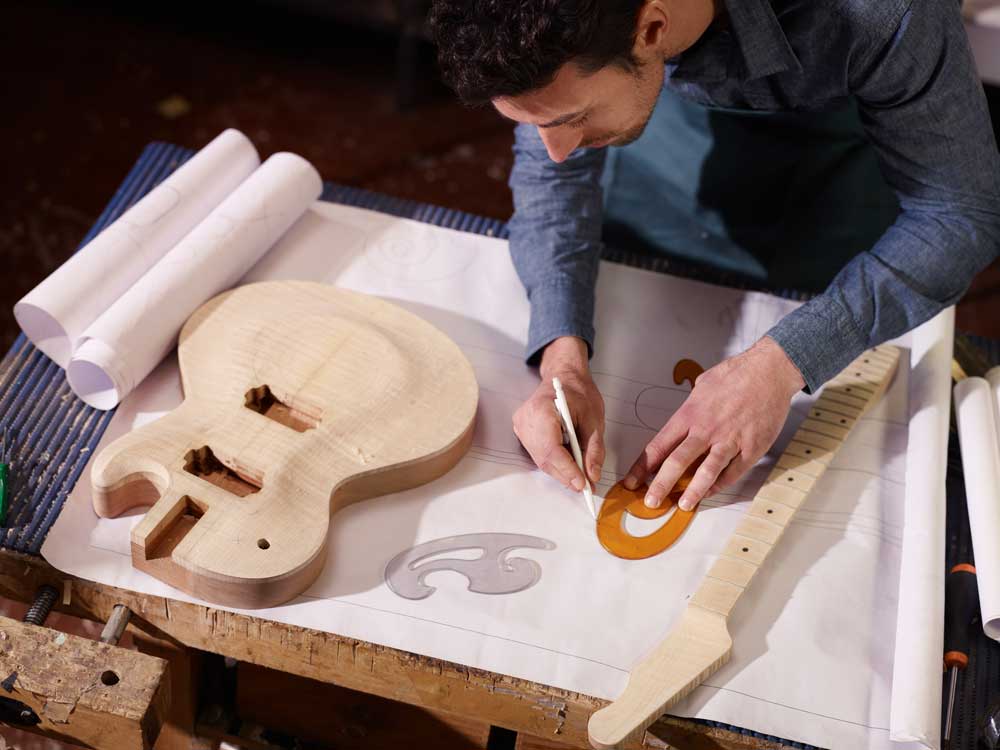
Product customization offers customers a chance to be a part of the production of a product. Customers can express their own personal preference with the products they helped design.
Customization helps organizations differentiate their products from their competitors.
With all the product and price comparison applications now available, there is greater price transparency, allowing consumers to easily compare product features and make sound purchasing decisions.
The updated FITTskills Products and Services for a Global Market course takes an in-depth look at how improvements in technology and the surge in online retailing is allowing mass customization to re-emerge as a new trend in sales and marketing.
Resurgence of mass customization
Examples of mass customization offered by retailers in the last decade include restaurants allowing patrons to select their side-dishes from a variety of choice, baristas preparing Starbucks specialty coffees according to customer preferences, and car dealerships customizing automobile orders with specific colour, lighting, technology, and towing packages.
Previous attempts at mass customization encountered barriers due to lack of choices, slow delivery timelines, inventory issues, and high costs.
However, advances in digital technology through the use of configurators or configuration systems are reducing some of the issues mass customization previously faced. Configurators are digital programs allowing for the visualization or representation of different product variations and pricing. For example, a t-shirt on a retail website can be shown in different colours or with an added logo, or furniture and paint colours can be added to a picture of a person’s living room.
Technology and tech-savvy consumers have created an environment favourable to mass customization.
Favourable environment for mass customization
Almost on-demand production has created more efficient flow between a customer’s co-design effort and fulfillment by production operations using flexible, digitally controlled manufacturing processes.
Overnight or rapid small package distribution integrates digital tracking systems, informing customers when their order has been processed and sent for delivery, as well as the anticipated delivery date.
Just-in-time and other cost-saving inventory management strategies use information technology to cut the costs of inventory. Additionally, these strategies allow supplies and inventory to be managed more cost-effectively.
Furthermore, customers are using online shopping platforms more and more. As these sites become more advanced and build a greater capacity, they become easier to use and more cost effective.
The Millennial factor
Millennials are the current driving force of mass-customization.
Millennials are an enormous commercial force, commanding force, commanding both trendsetting power and tremendous spending power.
Current research indicates millennials are more willing to shop, bank, and communicate online. They are also consumers with a greater interest in customizable products. Research shows there is a sense of accomplishment or status when customers co-design their purchases. This is seen as a ‘consumer-added value.’ This ability to have input into their purchases translates into a willingness to pay more and make repeat purchases.
The tracking of customization also provides valuable information about consumer trends and can lead to product adaptation to better meet the market’s interest.
Customization boosts customer loyalty and engagement. Successful organizations that capitalize on customization follow five simple rules.
1) Know what you want
Organizations need to be clear about the strategic value they hope to derive from their customization efforts. For example, will customization be used to engage with customers, generate direct profits or meet another strategic goal?
2) Know how much customization needs to be offered
Customization can range from the addition of a monogram on a shirt to entirely customized suits. It is important to understand the product and the consumer to determine the degree of customization required. Remember, customers do not have to co-design every element of the offering. In some cases, it could involve simply choosing a custom combination of existing products.
3) Keep it simple
It is much easier for the customer to be presented with a template, e. a starting point with parameters; a totally blank canvas can be intimidating. The organization has to have a draw that leads the customer into a desirable level of customization. The design process should be as simple as pushing a button, but with some limitations. Too many options can lead to no purchasing decision, and too complex a process leads to frustration. Processes, such as returns and repairs, must be clear and easy for customers to access.
4) Encourage sharing
Considering the customer base that would invest in customized purchasing, it is important to include the ability to share creations on social media, such as including the capability to post to Facebook or Companies can create galleries of customers’ designs, promoting their customers, and the capacity of their products for individualization.
5) Enhance the customer experience—don’t disappoint
The customization process needs to be a satisfying, enjoyable experience with seamless returns in case the product doesn’t meet customer expectations.
Although not all online shopping is global, the medium is spreading the experience of mass customization. On a global scale, mass customization allows consumers the opportunity to reflect their cultural, social, and personal preferences. At the same time, it allows manufacturers to ensure their products are compliant with the regulations of various foreign markets. Mass customization affords organizations opportunities to forge relationships with customers beyond a simple purchase or comparative shopping decision.






disqus comments